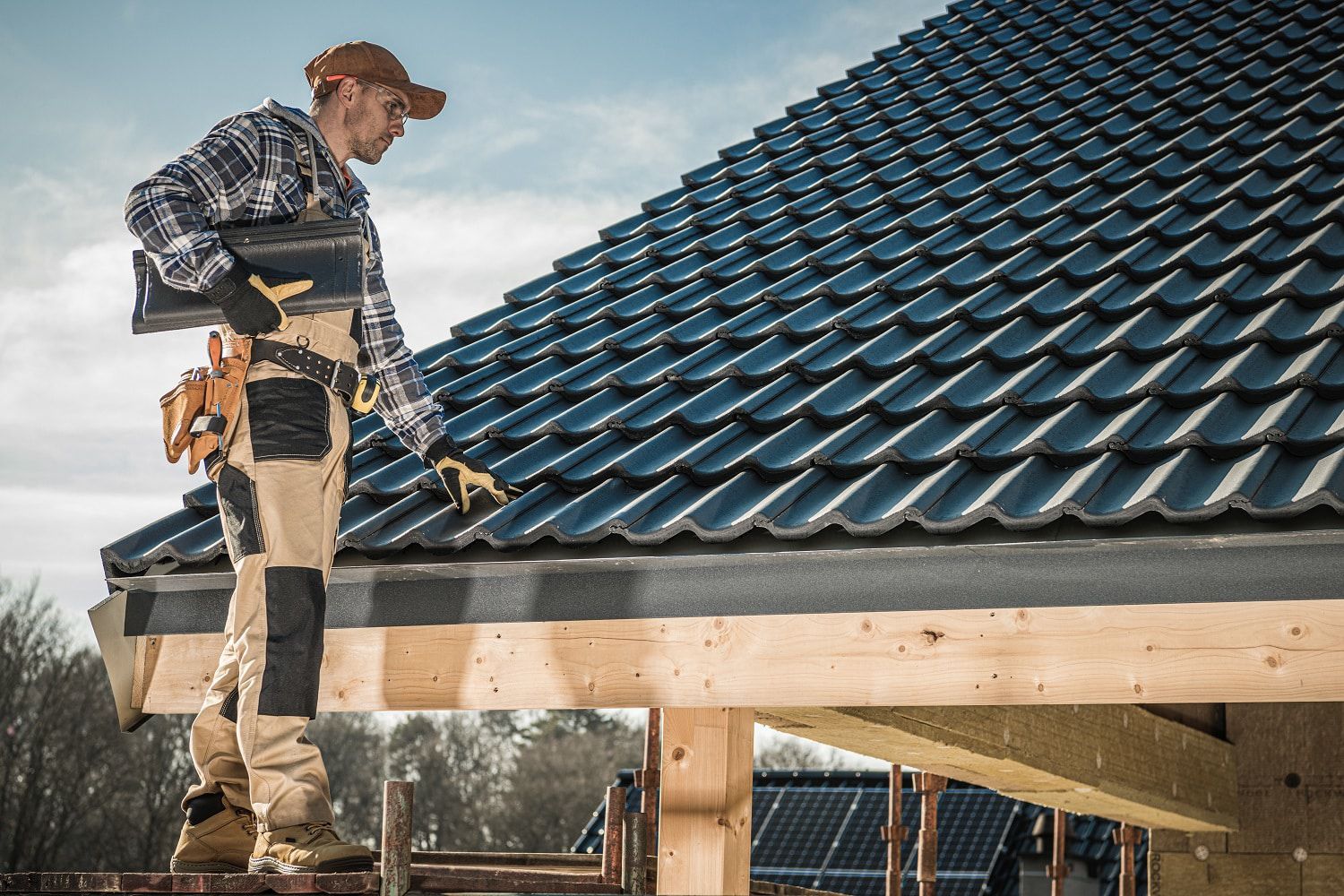How to Evaluate Different Roof Covering Options for Your Building Requirements
Reviewing roofing options for your structure requires a thorough strategy that considers numerous variables such as the meant usage of the structure, local climate problems, and material features. It is necessary to consider the benefits and downsides of different roof types, from asphalt tiles to metal and clay ceramic tiles, while likewise factoring in initial expenses and long-term maintenance. Furthermore, comprehending power effectiveness and visual allure can affect your decision. As you ponder these factors to consider, one question continues to be: which factors will inevitably lead your option for a sustainable and aesthetically pleasing roofing option?
Evaluating Your Structure's Requirements
To effectively assess roof covering options, begin by completely examining your structure's needs. Beginning by considering the building's meant usage, as different frameworks might require varying roofing specifications. As an example, residential roofings usually prioritize visual appeals and insulation, while industrial buildings may concentrate on toughness and load-bearing ability.
Next, evaluate the regional environment problems that will affect roof covering efficiency. Elements such as temperature level fluctuations, rainfall levels, and wind patterns can influence material selection and design. A roof that masters a pleasant environment may not do also in locations susceptible to hefty snowfall or severe warmth.
Additionally, examine the architectural honesty of your building. Make sure that the existing structure can support the picked roofing products, specifically if taking into consideration heavier options. It is also critical to assess any neighborhood building regulations or policies that may determine details requirements for roof covering systems.

Comparing Roofing Materials
Once an extensive assessment of your structure's requirements has actually been completed, the next step involves comparing various roofing products. Each product offers distinctive benefits and drawbacks, making it necessary to align your selection with your particular requirements and situations.
Asphalt tiles are widely identified for their cost and simplicity of installment, making them a preferred option for residential structures. On the other hand, steel roof, known for its durability and long life, can stand up to rough weather yet might include a greater first financial investment.
Clay and concrete floor tiles give outstanding thermal insulation and visual allure, particularly for Mediterranean-style architecture, yet they require an even more robust architectural support due to their weight. Wood shakes offer a natural appearance and good insulation homes however may require a lot more maintenance and are at risk to fire risks.
Examining Expense and Budget
Evaluating your roof alternatives necessitates a cautious analysis of price and budget plan factors to consider. The overall budget for a roof covering project comprises a number of factors, including product expenses, labor costs, maintenance, and prospective lasting savings. It is important to establish a clear budget plan before checking out details roofing products, as this will assist the decision-making procedure and help you prevent overspending.
Begin by obtaining quotes from multiple professionals to recognize labor prices in your area. Make certain that these quotes include all required services, such as elimination of the old roofing, installation, and any added functions, like insulation or air flow renovations - Roofing Contractor. Next off, evaluate the cost of different roof materials, thinking about both preliminary installment expenses and expected life-span

Comprehending Energy Efficiency
Energy effectiveness plays a critical duty in the option of roofing materials and systems, considerably influencing both power consumption and overall convenience within a structure. A well-chosen roofing can improve thermal efficiency, decreasing the demand for home heating and cooling systems, which consequently reduces power expenses and minimizes environmental impact.
When evaluating roofing alternatives, take into consideration products that mirror instead than soak up warm. Additionally, proper insulation and air flow are crucial to maximize the power effectiveness of the whole roof covering system.
Another crucial aspect is the roof's durability and maintenance needs. Sturdy materials that require much less regular replacement add to long-term power cost savings. The energy effectiveness of a roofing system can likewise be analyzed with its conformity with well established sustainability ratings such as Power STAR or LEED.
Thinking About Visual Allure
A roofing's visual charm substantially influences the overall look of a building, complementing its visit this site right here building style and improving aesthetic charm. Roofing Contractor. When assessing roof covering options, it is crucial to think about how the picked material, shade, and design will certainly harmonize with the have a peek here existing framework and neighborhood. A properly designed roof covering can raise also the simplest of buildings, transforming them right into aesthetic centerpieces
Various roof covering materials offer various visual qualities. Traditional roof shingles may evoke a traditional beauty, while steel roof covering can impart a contemporary, smooth appearance. Furthermore, the shade of the roof covering product plays a crucial function; lighter tones can make a structure appear more roomy, while darker tones might develop a cozier setting.
Moreover, building aspects, such as dormers and eaves, can improve the roof's aesthetic effect. It is suggested to talk to professional developers or engineers to make sure the selected roof covering choice aligns with the general layout intent. Ultimately, a roofing should not only supply functional benefits however also add favorably to the building's aesthetic, mirroring the proprietor's taste and the character of the surrounding setting.
Verdict
